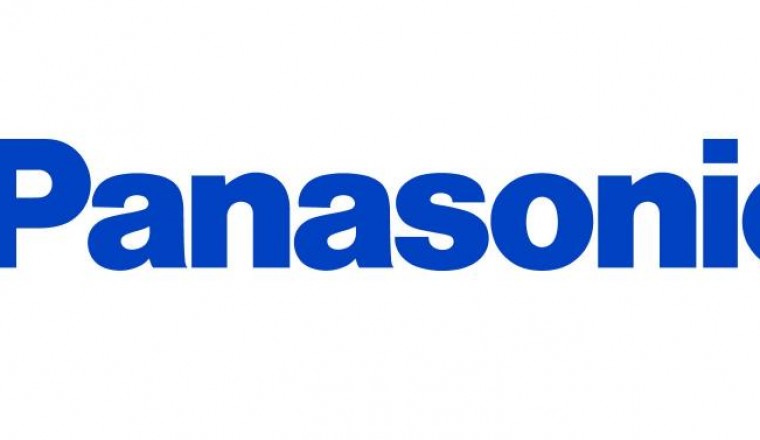Going Global with Communications Infrastructure Based on Smart Meters and Other IoT Devices
(BUSINESS WIRE/AETOSWire)-- Panasonic Corporation has successfully proposed adoption to Taiwan Power Company of its HD-PLC (*1) high-speed power line communications technology as a communications system to utilize next-generation smart meters.
Taiwan Power Company began accepting proposals for technology relating to communications systems in June 2017. Verification testing of the latest wireless technology and power line communications technology was held in Taipei City in September of that year. Smart meters will be introduced to approx. 260,000 households in main cities of Taiwan from December 2018. The HD-PLC technology meets the high performance criteria required, and smart meters incorporating this technology will be introduced in Taipei and other areas.
Smart meters require stable communications performance to achieve detailed controls matching power demand with high-frequency data collection. The HD-PLC technology can meet these requirements and is expected to contribute to building IoT communications infrastructure for smart meters and smart city concepts to be adopted worldwide in the future.
[Overview of the verification testing]
The verification testing at Taiwan Power Company conducted as follows:
- A data collection rate of 99% at 15 minute intervals was required to evaluate the communications performance between the smart meters and the power company data collection center.
- Evaluation of smart meter installation conditions in various situations such as a case installed under the eaves of detached houses, and a case of each meter installed in a basement room for commercial buildings or condominiums.
The HD-PLC technology conforms to the IEEE 1901 (*2) international standard as well as to ITU-T G.9905 multi-hop technology for relay functions, allowing communication of several Mbps over long distances. The testing verified that power lines could transmit from middle and high voltage transformers placed on roads to meters below buildings. A data collection rate of 100% was achieved during the testing period to successfully pass the test.
Panasonic will continue to develop the HD-PLC technology while pursuing convenience for users in order to realize a smart IoT society in the future. Panasonic is also seeking to secure interconnectivity between products conforming to the IEEE 1901 through organizations such as the HD-PLC Alliance (*3), to provide globally HD-PLC-equipped products that users can utilize in safety.
Notes
*1 HD-PLC stands for High Definition Power Line Communication, as advocated by Panasonic. This is a trademark or a registered trademark in Japan and other nations.
*2 A standardization committee for communications standards under the Institute of Electrical and Electronics Engineers (IEEE).
*3 Established on September 25, 2007 with the aim of securing the expansion and communications compatibility of HD-PLC.
Website: http://www.hd-plc.org/

